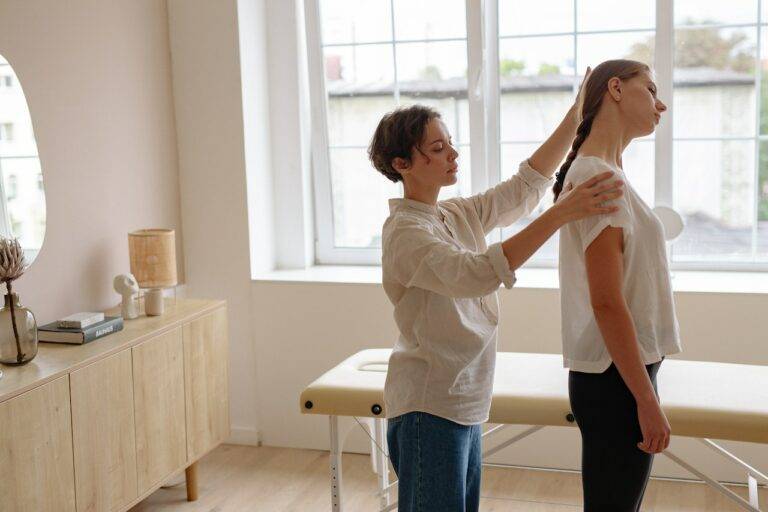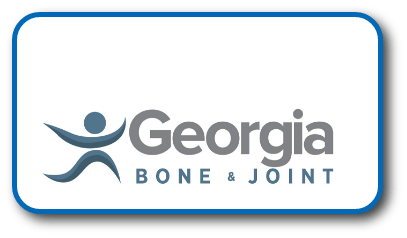
The rotator cuff is the group of muscles and tendons on your shoulder that surround the joint. They stabilize the humerus, the long bone that connects the shoulder blade to the elbow.
The shoulder is one of the most flexible joints in the body and offers a full range of motion. Since muscles and tendons facilitate joint movements, you engage your rotator cuff when you perform various activities, like cleaning, lifting objects, exercising, dancing, playing sports, etc. This also explains why rotator cuffs are prone to injuries due to overuse, accidents, and age-related degeneration.
Rotator cuff injuries are debilitating and extremely painful. Patients should get proper treatment as soon as possible to be pain-free and regain their arm’s normal function as quickly as possible.
Treatments for Rotator Cuff Injuries
Complete Rest – The best way to allow bruised or torn muscles and tendons to heal naturally is to keep the injured area still and avoid movement as much as possible. This prevents you from accidentally aggravating your injury and allows your body to repair the torn tissues faster. Since your shoulder is involved in most daily activities, leave your chores for another day and stay in bed until your shoulder is healed and the pain has decreased significantly.
Physical Therapy – After your rotator cuff has healed, the next step is to restore the strength and movement on your shoulder through physical therapy. Exercising the newly healed muscles and tendons will keep them flexible and strong. Eventually, your shoulder joint will feel less and less painful as the regular exercises make the bone and rotator cuff function smoothly again.
- Finding a licensed physical therapist with experience in rehabilitating rotator cuff injuries will be vital. These professionals will know which exercises are suitable for therapy and which can worsen your injury.
Conservative Treatment with NSAIDs – Non-steroidal anti-inflammatory drugs are over-the-counter and prescription medicines that reduce inflammation of injured muscles. NSAIDs can be beneficial because they can lower the pain and discomfort patients with torn rotator cuffs feel. Examples of NSAIDs are common medications like ibuprofen and naproxen.
- Remember that NSAIDs are most effective at relieving minor rotator cuff injuries. Severe injuries require a more aggressive and intense treatment than drinking painkillers and anti-inflammatory drugs.
Corticosteroid Injections – Corticosteroids are artificial steroid hormones used as anti-inflammatory medicine. It doesn’t promote healing or directly address the underlying cause of an injury. However, it offers temporary relief from pain and discomfort. Doctors administer corticosteroids directly into the injured shoulder via a syringe. These injections reduce the inflammation of the bruised muscles or tendons, allowing them to heal naturally faster.
Extracorporeal Shockwave Therapy (ESWT) – ESWT, known as shockwave therapy, is a non-invasive treatment that uses high-energy sound waves to stimulate the natural healing of damaged tissues. This procedure sends shockwaves directly into the injured tendons and muscles, breaking down scar tissues, increasing blood flow, and promoting cellular regeneration.
- A popular treatment for tendonitis and other musculoskeletal diseases, undergoing shockwave therapy is similar to getting an ultrasound. Your therapist will spread ultrasound gel over the injured area before pressing the head of the handheld device against the painful area. ESWT is known to effectively reduce pain and improve the range of function in an injured rotator cuff.
Platelet-Rich Plasma Therapy – PRP is an emerging regenerative treatment using a patient’s plasma to promote healing. The process is straightforward and is easily administered to outpatients. It begins with extracting blood from the patient and processing it to separate the plasma containing platelets and other proteins with incredible healing properties. Therapists inject the collected plasma directly into the injured area to release growth factors and stimulate tissue regeneration and repair.
- PRP is widely used in sports because it is non-invasive and requires minimal aftercare. It has also shown promising results in promoting the natural healing of torn tendons and muscles.
Surgery – Most patients and even doctors consider surgery a last resort for rotator cuff injuries. Undergoing surgery is no joke because the patient needs ample recovery time to fully heal and regain normal function and strength in the operated area. Recovery from surgery is typically long because the procedure can inflict additional trauma to the surrounding tissues.
- Considering the ramifications of extended recovery (i.e., patients may have to take a leave from work for weeks and hire a caretaker if they live alone), most doctors recommend surgery only if the injury is so severe that all other conservative and non-surgical treatment options would be ineffective.
- Three surgical techniques are commonly performed for rotator cuff injuries: open surgery, all-arthroscopic surgery, or a combination of the two.
Open surgery – This is advisable if the rotator cuff has a huge tear and reconstruction (i.e., tendon transfer) is necessary. Open surgery requires an incision of several centimeters long over the shoulder so surgeons can reach the damaged tissues. They might also have to split or detach parts of the deltoids (shoulder muscles) to have better access to the damaged area.
Arthroscopic surgery – Arthroscopy is a minimally invasive procedure that can be performed on outpatients. It requires two or three tiny incisions in strategic spots around the injured shoulder, significantly reducing the trauma on the surrounding healthy tissues and muscles in the upper arm.
- Surgeons insert an arthroscope (a tiny surgical camera) and other instruments through these incisions. By looking into the camera’s footage magnified on a screen, surgeons can repair the torn muscle or ligament in the rotator cuff without making large incisions and purposefully slicing uninjured muscle.
Mini-open repair – This procedure is a combination of open surgery and arthroscopy. Surgeons still make a long incision, but not as long as in open surgery. They then use arthroscopic devices to examine the damage and treat other affected structures within the joint. Afterward, surgeons will fix the torn rotator cuff through the incision, viewing the damaged muscle tissues directly instead of through a live feed on the screen.
- A mini-open repair is more invasive than arthroscopy, but surgeons can avoid detaching the deltoid with this technique.
- If you prioritize short recovery and minimally invasive procedures, arthroscopy will be your best choice, followed by mini-open repair.
Explore Your Options at Georgia Bone & Joint
When seeking treatment for a rotator cuff injury, you’ll want specialists with experience repairing shoulder joint injuries who can provide any post-treatment care and guidance you might need.
Georgia Bone & Joint is a leading source of orthopedic care in Georgia. We have extensive experience treating joint, bone, and muscle injuries and diseases. Our team of doctors, physician assistants, and therapists provide the highest quality care and are committed to helping every patient move better, feel better, and live better.
Call 770-502-2175 to inquire. You may also request an appointment for an evaluation and treatment.
